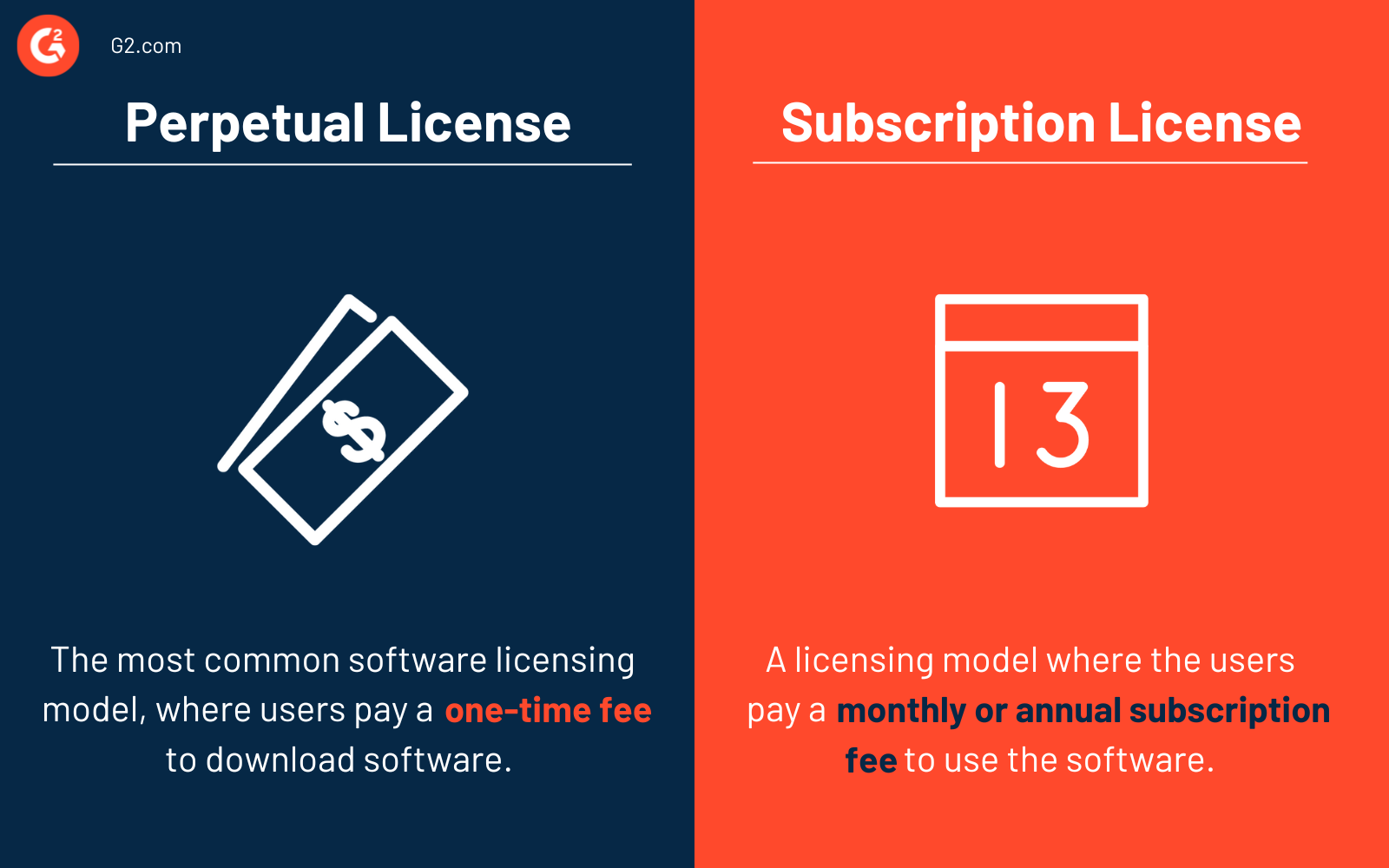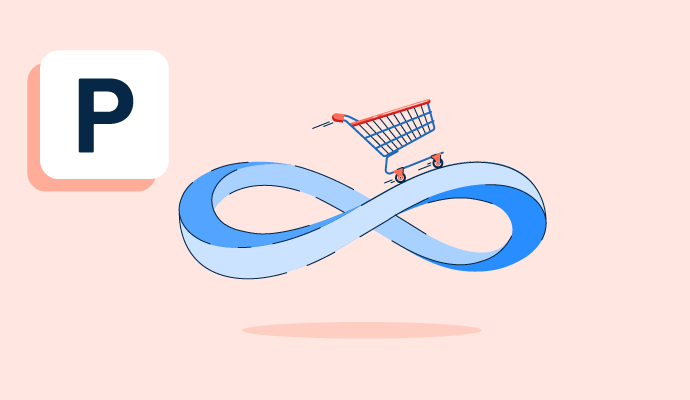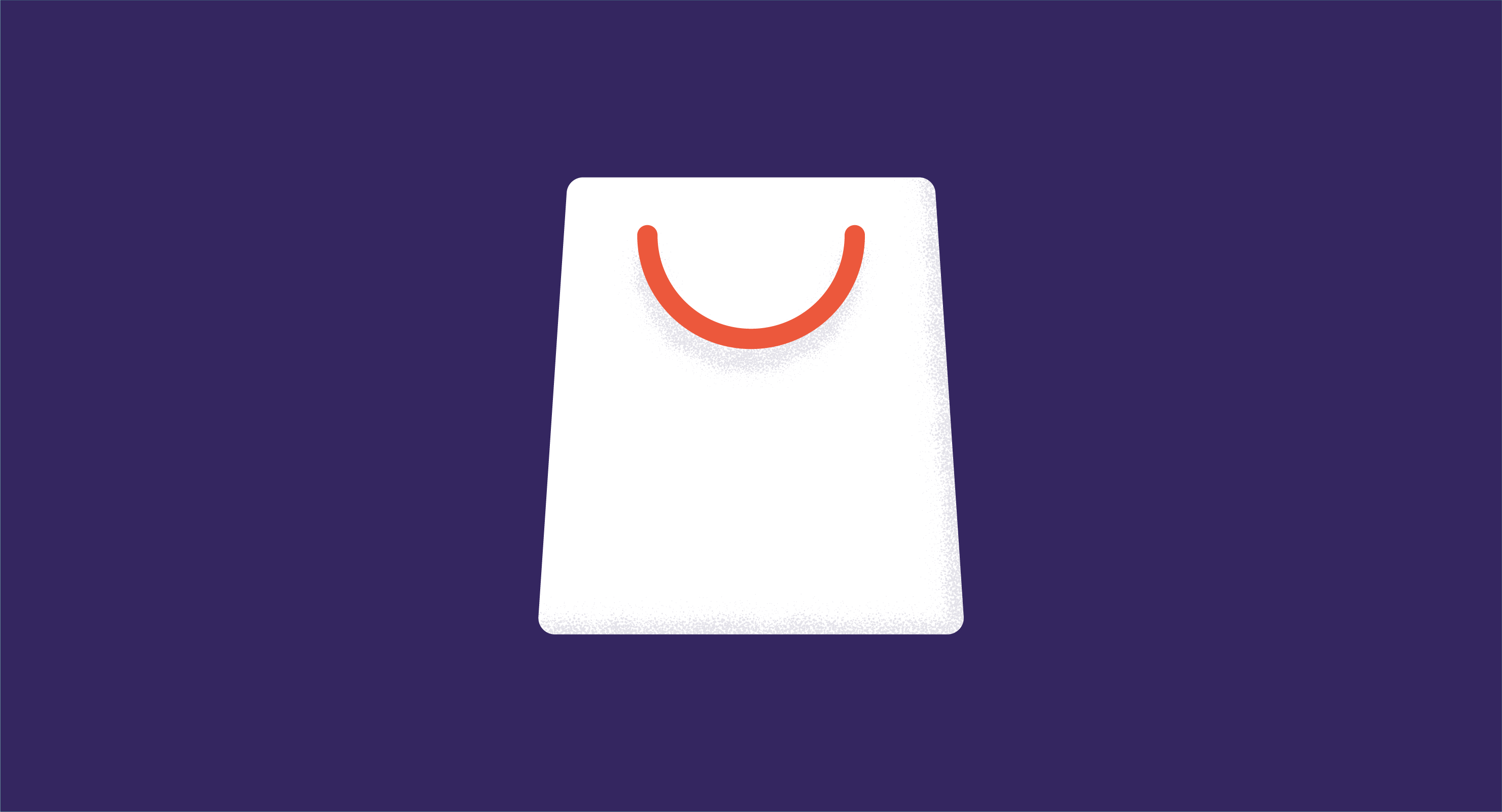What is perpetual licensing?
Perpetual licensing is a licensing model that authorizes an individual to use the software indefinitely when paid upfront. Users and businesses can typically host this software on their servers.
It requires a one-time investment. Users can also avail a discount if they purchase under certain vendor conditions. However, the updates and technical support might only be available temporarily. The vendor might require additional payments to extend support for the software.
Many businesses use software asset management (SAM) tools to track local and on-premise software licenses. These tools also help businesses track their software as a service (SaaS) assets. SAM tools allow users to build software inventories and track various software licenses a business might use.
SAM software helps companies with compliance management capabilities while documenting software licenses and deployments. It helps determine license compliance position.
Benefits of perpetual licensing
During a purchase under perpetual licensing, the buyer-vendor relationship concludes right after the initial sale. Although the vendor may offer support for extended durations, the relationship isn’t as dynamic as companies have with their customers in the SaaS space.
Perpetual licensing benefits users in several ways.
- Ownership: The customer owns the software once the purchase is made until the term of the perpetual license agreement. These are often leveraged while purchasing on-premise software, unlike cloud software, where the vendors charge on the basis of monthly or yearly subscriptions.
- Long-term use: Perpetual licenses allow individuals to use the software close to forever. It is appropriate for companies and professionals who have long-term demands. It helps them make significant savings in terms of recurring costs.
- Security: Customers have more control over the safety and security of the software in the perpetual licensing model as the software is hosted on their servers. Thus, they can continuously watch safety and security, and the requirement for additional help is minimal.
- Updates and support: Users get support and updates along with the license. This support usually lasts only a limited period, after which buyers can renew it at a set price. However, there are some cases where support doesn’t expire.
- Less continuous maintenance: Vendors do not commit to continuous updates in most scenarios. However, functionalities such as updates, new features, and software maintenance might be provided for a defined period.
- More revenue upfront: Vendors can get more revenue upfront through selling software with perpetual licensing. The customers pay the cost of software licenses all at once.
Perpetual license applications
Perpetual license offers a traditional and ownership-based approach to acquiring software. It finds applications across various industries and software types.
- Business software: Businesses often prefer the stability and control of perpetual licenses for critical operations. They are widely used for business software applications such as enterprise resource planning (ERP) software and traditional accounting software.
- Development tools: Integrated development environments (IDE) and programming languages are often acquired through perpetual licenses. They provide developers with stability and control over their development environment.
- Operating systems: Using perpetual licenses on operating systems (OS) allows users to use a specific version of the OS for an indefinite period. This applies to individual purchases and enterprise-level agreements where the organization wants to control its operating environment.
- Medical and scientific software: Stability and version control are crucial in medical and scientific software applications. Software used in research, data analysis, medical imaging, etc, requires perpetual licensing to ensure compatibility with specific equipment and methodologies.
Perpetual license vs. subscription license
A perpetual license is paying a one-time fee to download software. It was the most common software licensing model until the development of cloud-based and software-as-a-service software.

With perpetual licensing, companies can buy additional maintenance plans yearly. A perpetual license is also transferable if the license includes transferability as an additional feature. The software must also possess the transfer capability. If the license meets both conditions, the professional can transfer it from one computer to another.
A subscription license is a licensing model where the users pay a monthly or annual subscription fee to use the software. It allows users or organizations to scale the service up or down based on their requirements. It covers technical support and lets users update software.
These licenses require users to make smaller upfront payments. Businesses can collect data on how users interact with their software during the subscription, helping them improve continuously.
Learn more about how to manage software subscriptions and reduce SaaS spending.

Sagar Joshi
Sagar Joshi is a former content marketing specialist at G2 in India. He is an engineer with a keen interest in data analytics and cybersecurity. He writes about topics related to them. You can find him reading books, learning a new language, or playing pool in his free time.

